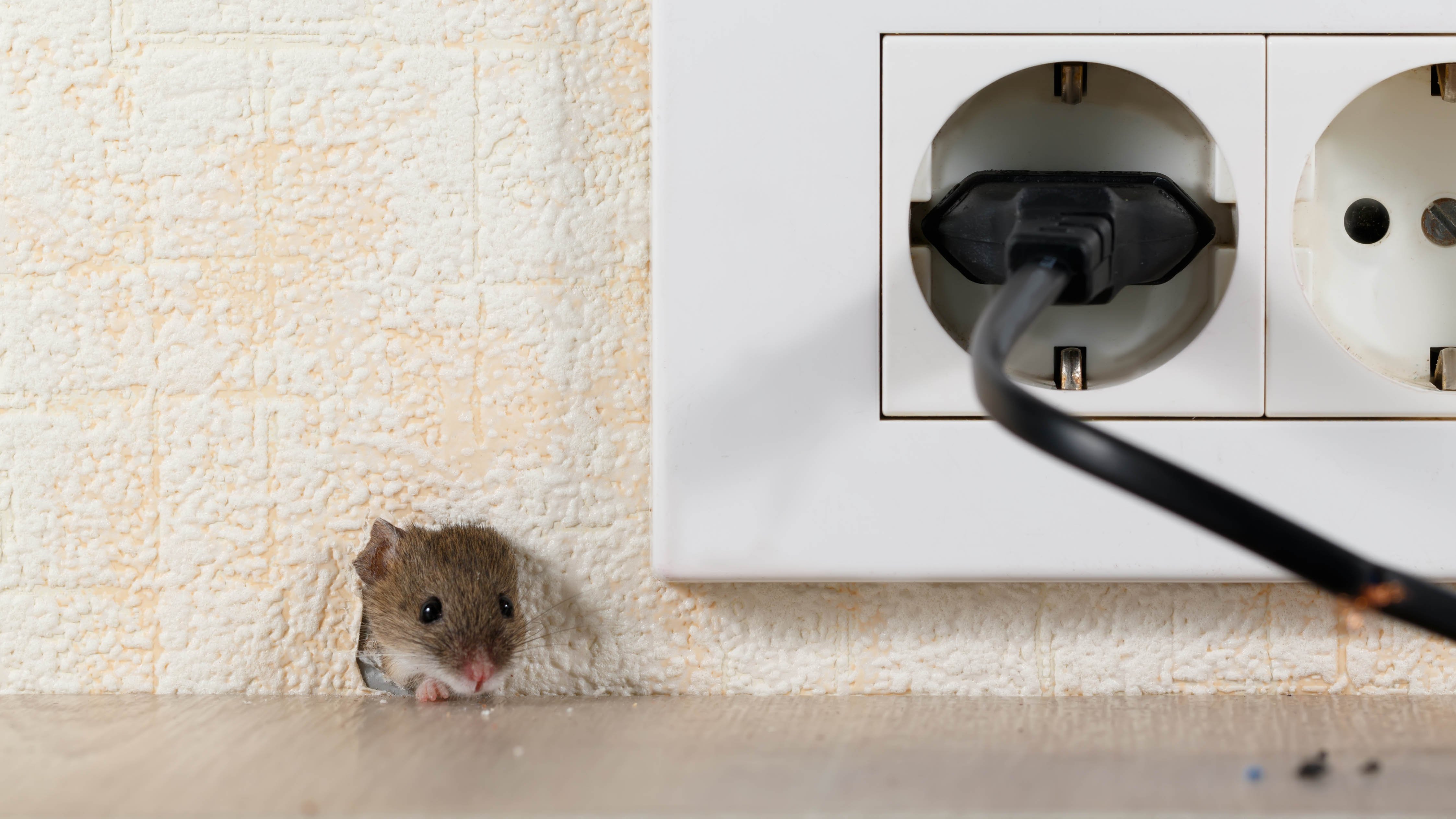
Mice may be cute, but the last thing you want is an infestation of them in your home or garden.
You may never actually encounter a mouse, but there will always be telltale signs that you have them in your home. Mice generally emerge from their hiding places at night because they don’t want to run into you, but you are likely to hear them squeaking or scampering in various places in your home or yard. Mice are a nuisance because they get into food, transmit diseases like Hantavirus, leptospirosis, and salmonella, and transport parasites like ticks or fleas.
The mouse species that most often invades the home are called – appropriately – house mice. They are generally small, slender, and gray-brown in color with a lighter underbelly. Their hairless tails span the length of their five-to-seven-inch body. Because they are so small, they can get into places in your home or yard where they are hard to find and remove.
Mice can and will eat mostly anything, but they prefer plant-based foods such as grains, vegetables, cereals, nuts, bird seed, and fruit. They also love to feast on table scraps and leftovers from your trash can as well as insects, dead birds, and small animals. Any leaks or drips that provide moisture in an enclosed environment also support them with needed water.
Indoor mice often hang out in attics or basements, storage boxes, under sinks, in closets or cabinets, and other quiet places where they are not likely to be disturbed. Whereas, outside mice like to live among dense vegetation like ivy, tall grass, trees, woodpiles, construction remnants, and empty structures.
Before you learn how to get rid of mice, we outline seven popular places where these pests are likely to hide in your home or yard.
1. Attic
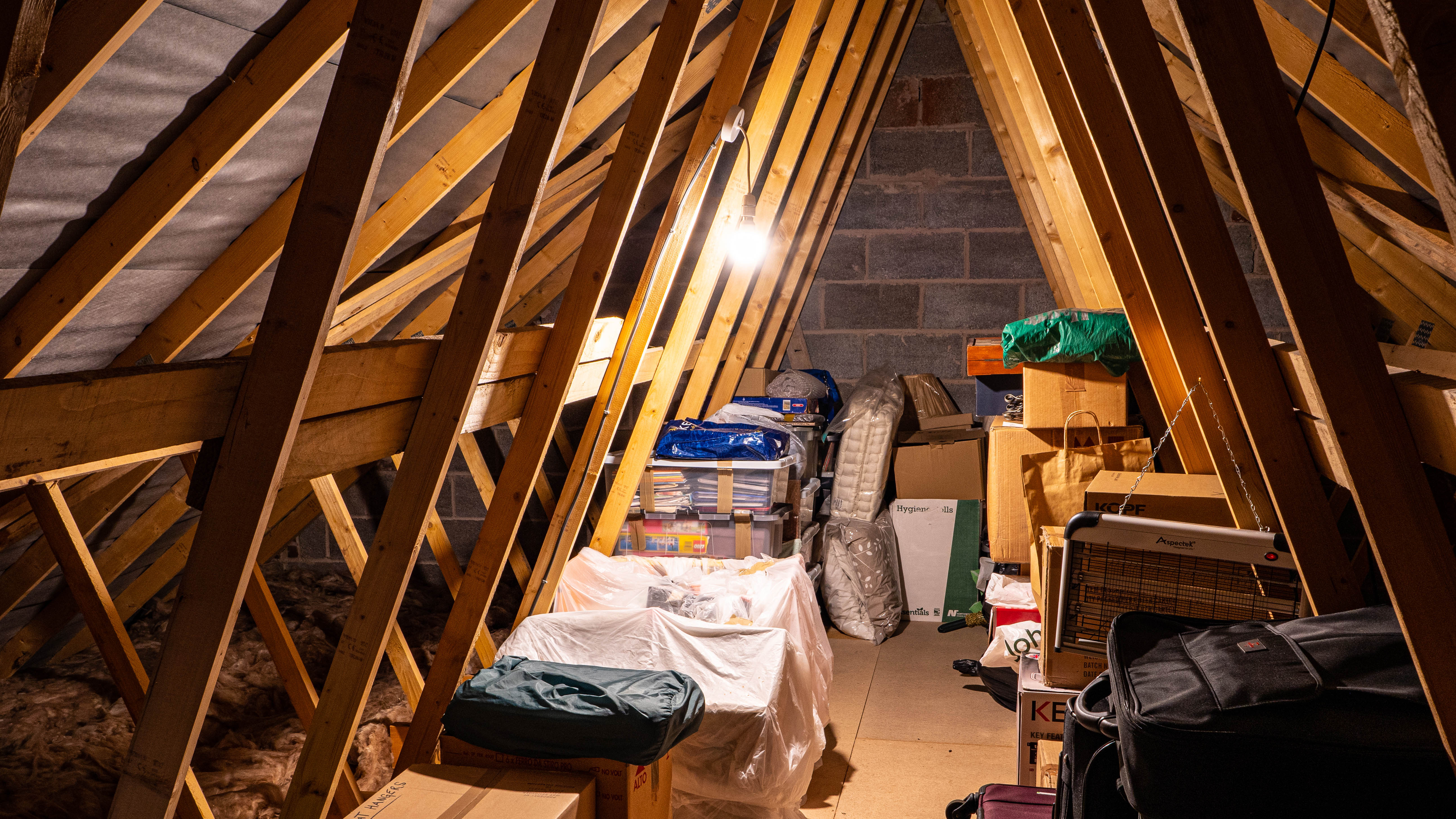
The attic is a favorite hiding place for mice because it's not a space that's often frequented by people. The attic is a safe, relatively warm place for mice to hide and breed — the insulation makes for a great nest — so if you detect the presence of mice from droppings, urine, hair, or food, don’t waste time in removing them before they create an infestation.
Plus, these are 7 things you should never store in the attic — and you’ll be surprised.
2. Inside boxes

Mice are especially drawn to cardboard storage boxes where they can build cozy nests that are unlikely to get disturbed for long periods of time.
If you use your basement, garage, or attic to store items in boxes, check them periodically to make sure mice are not transforming them into a new home.
3. Behind walls
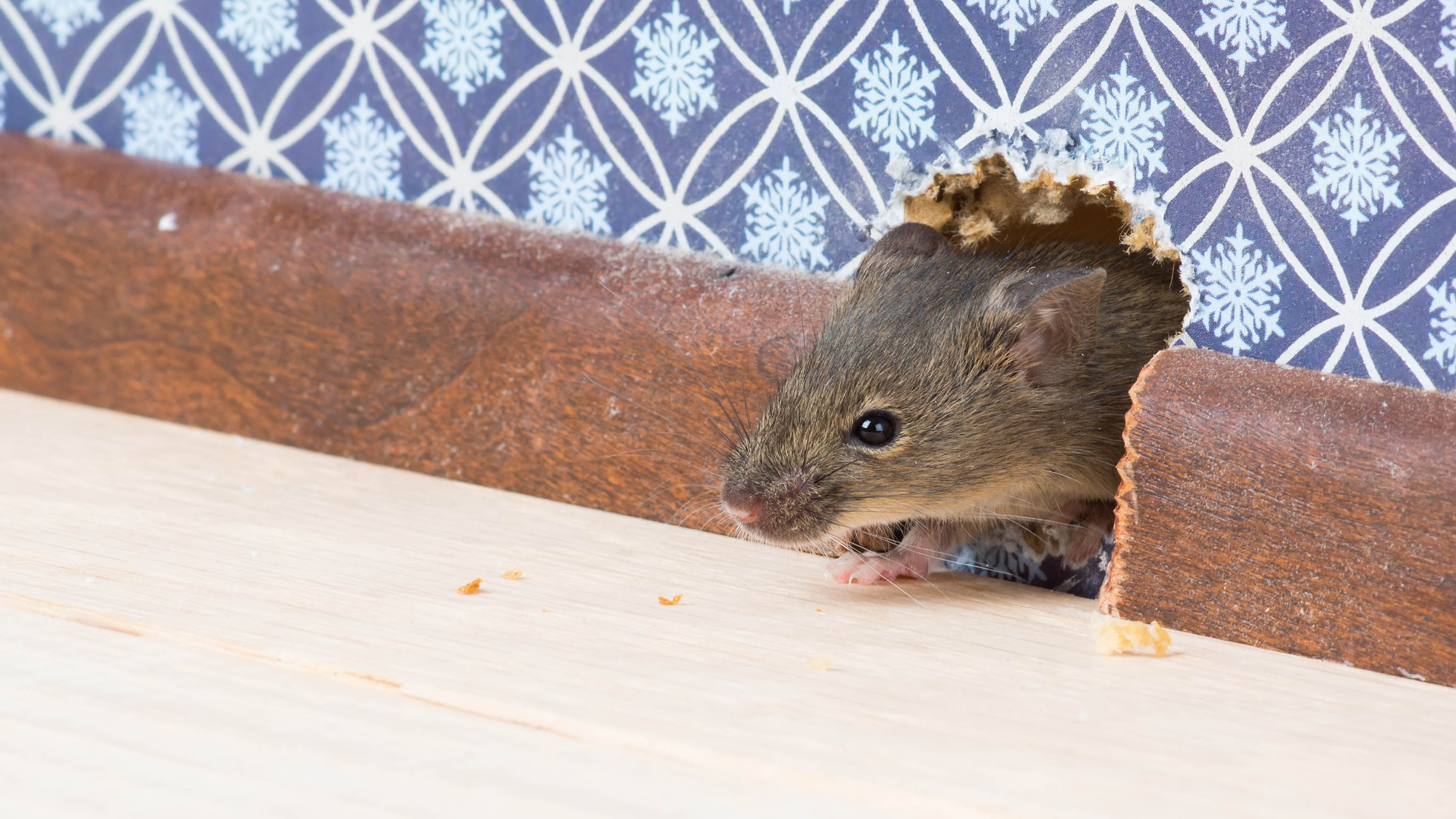
One of the more vexing situations you can encounter is when mice find their way behind your walls. Their small size makes it easy for them to squiggle through small cracks or holes, and it is often difficult and expensive to remove them.
They can also find their way in back of appliances like dishwashers, refrigerators, and food storage cabinets. If you hear squeaking, tapping, or running behind your walls at night, view droppings at room corners, or drywall damage, you need to act as soon as possible to remove the little creatures. That’s because mice behind walls can do a lot of damage to your home. If they remain there for a long time, they can chew through electrical wiring and create a fire hazard, as well as breed new family members.
If you find any cracks or openings — such as where a pipe leads into a wall — you can stuff the opening with steel wool to prevent mice from using it as an entryway.
4. Basement
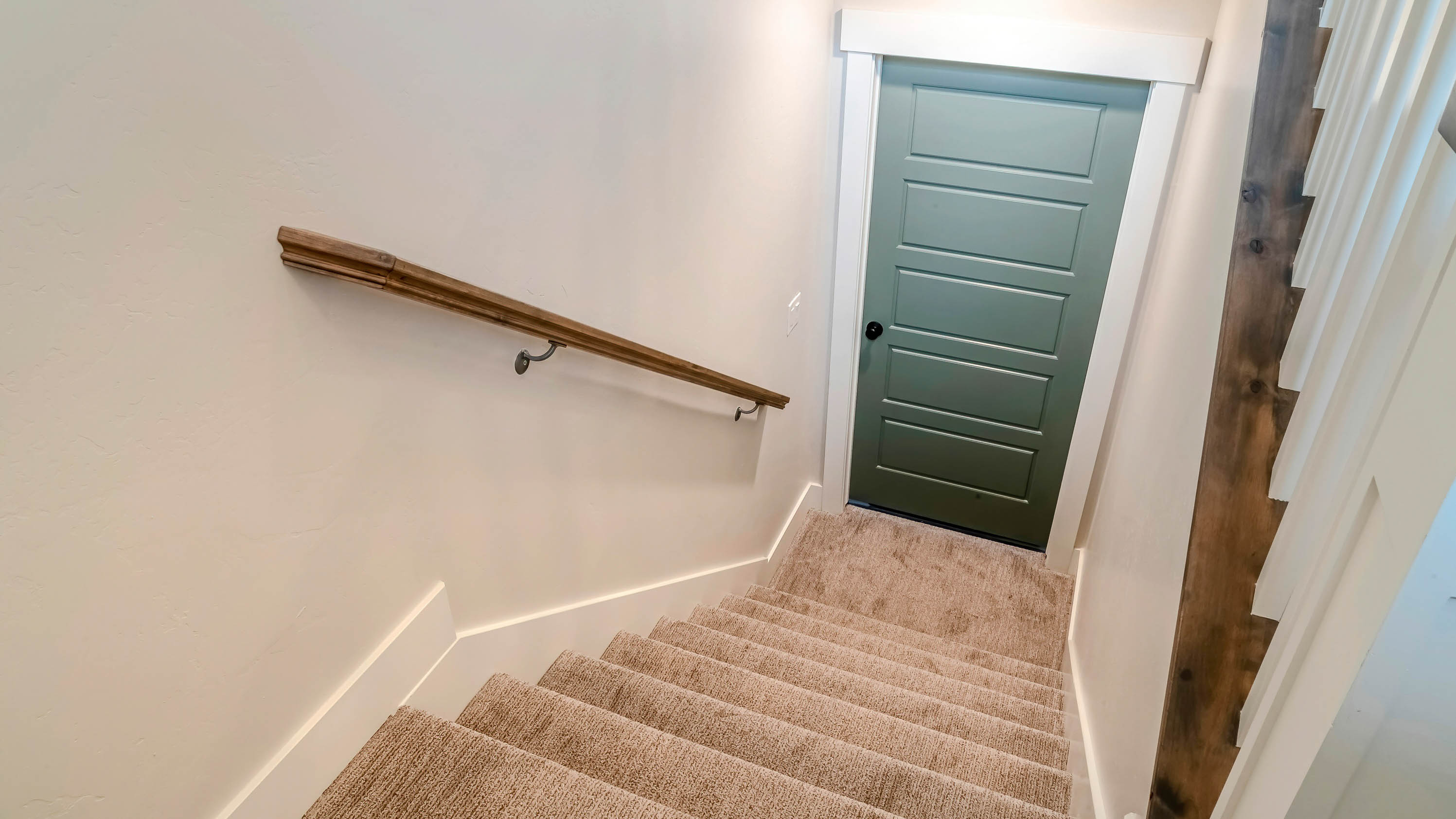
Your basement is the opposite of the attic in terms of location, but to mice, they’re just about the same welcoming venue. Both are places where they will find plenty of opportunities to hide and establish a comfy outpost for themselves and their families.
Basements can also be an excellent conduit to the inside of your walls. Because mice are so tiny, they can squeeze through very small openings in walls, floors, windows, or even defects in your house foundation. Any opening larger than a dime is an open invitation for mice. If they get into your basement walls, they can easily find a route to many other parts of your house, especially the kitchen where they can find food.
5. Crawl spaces

Crawl spaces are easy for tiny mice to access, as wires that run from outdoors to indoors may provide just enough of an opening for them to squeeze through. Once inside a crawl space, it can become a private paradise for mice where they can live, nest, and breed without getting bothered by predators or bad weather.
It may be years before occupants of the home give a single thought to their crawl space, and if mice have settled into them, they can live undetected, breed, and even die there. Trapped dead rodents can cause a lot of problems, including odors, and secondary infestations of insects and other pests. If that occurs, homeowners need to call in professional abatement teams to clear out the mice, clean up their mess, and repair any open entrances into the crawl space.
6. Yards and gardens
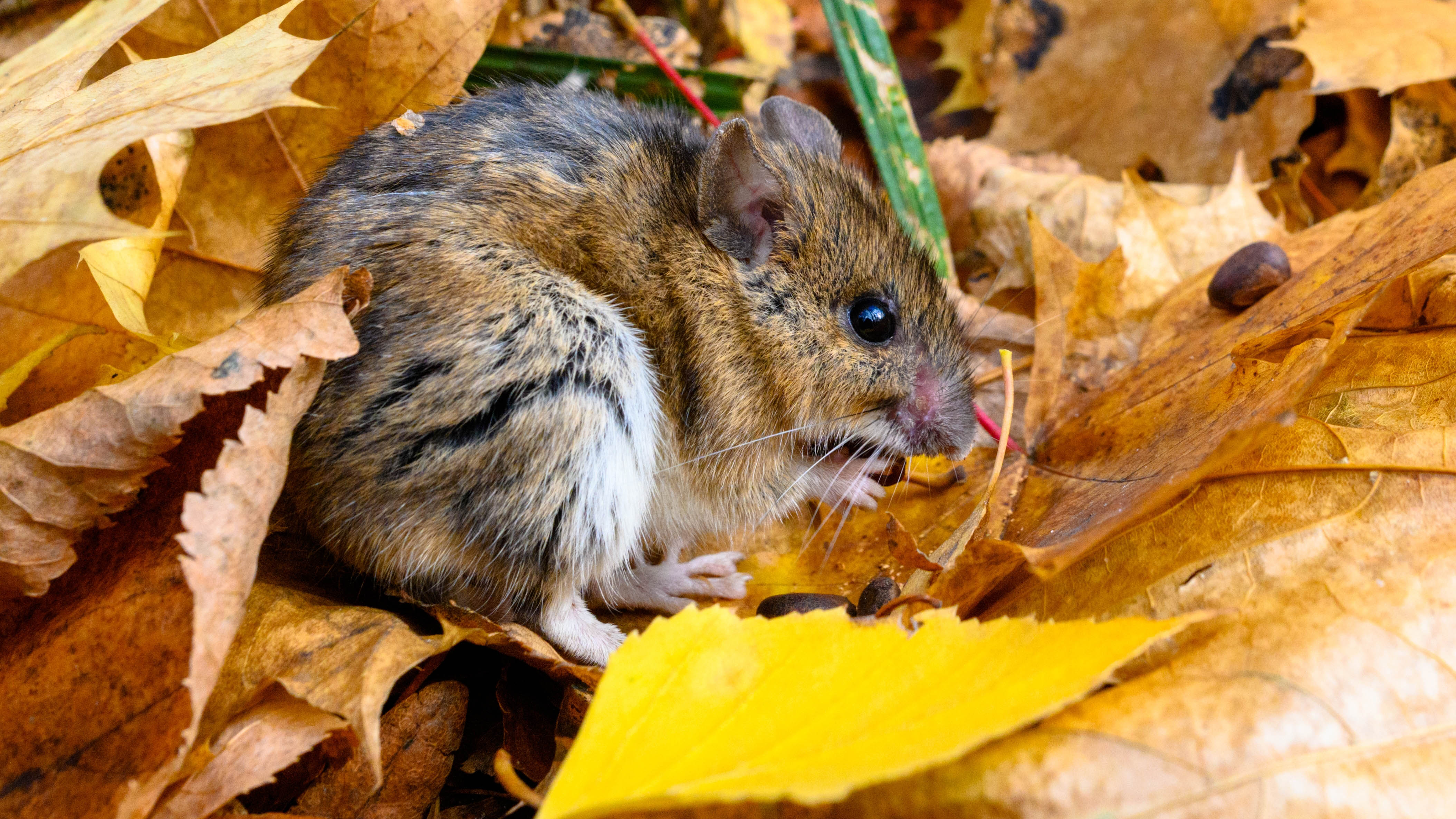
While it’s imperative that you prevent mice from taking up residence in your home, you don’t want them around your yard or close by either – even outside your walls. When outside, house mice will nest in any dense vegetation you may have planted around your home – especially ivy and juniper bushes.
They also have a great affinity for tall grass, leaves, weeds, trees and tree stumps, woodpiles, construction debris, and empty or abandoned structures. Standing water also attracts the little rodents, as do fruits and vegetables from your planter box.
7. Trash receptacles
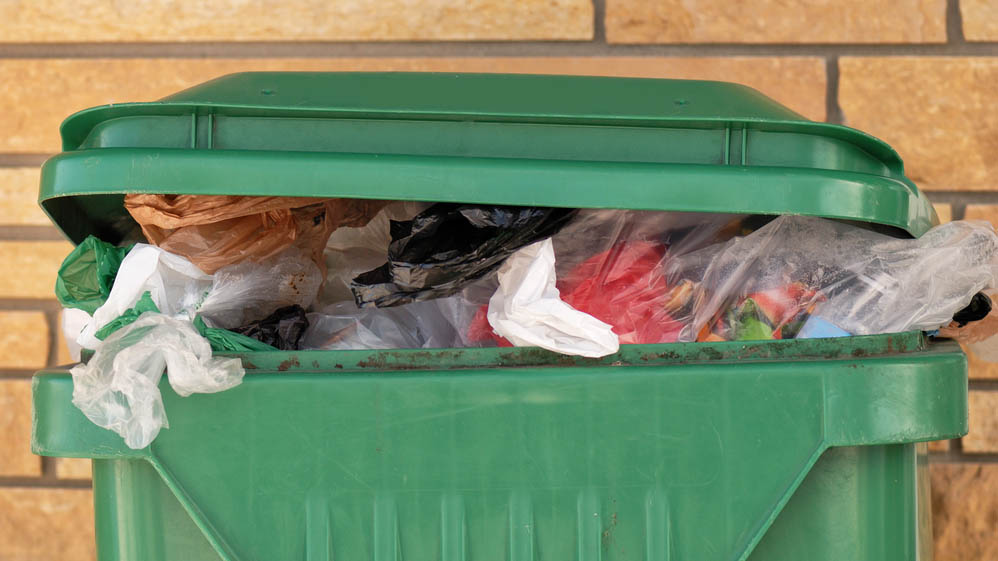
Most homes and apartment buildings have one or more large dumpsters to hold daily trash, and if you’re not careful, these can offer both sustenance and shelter to mice. A mouse stomach can hold 10% of its body weight, so securing your outdoor trash receptacle and locking down food scraps is critical.
Not only must you keep lids tightly closed, you must also clean and maintain the entire area surrounding your home. Carelessly dumping trash that lands on the ground makes your dumpster and home a mouse magnet. Keeping outdoor mouse infestations under control makes it harder for them to get inside your home.
Getting rid of mice
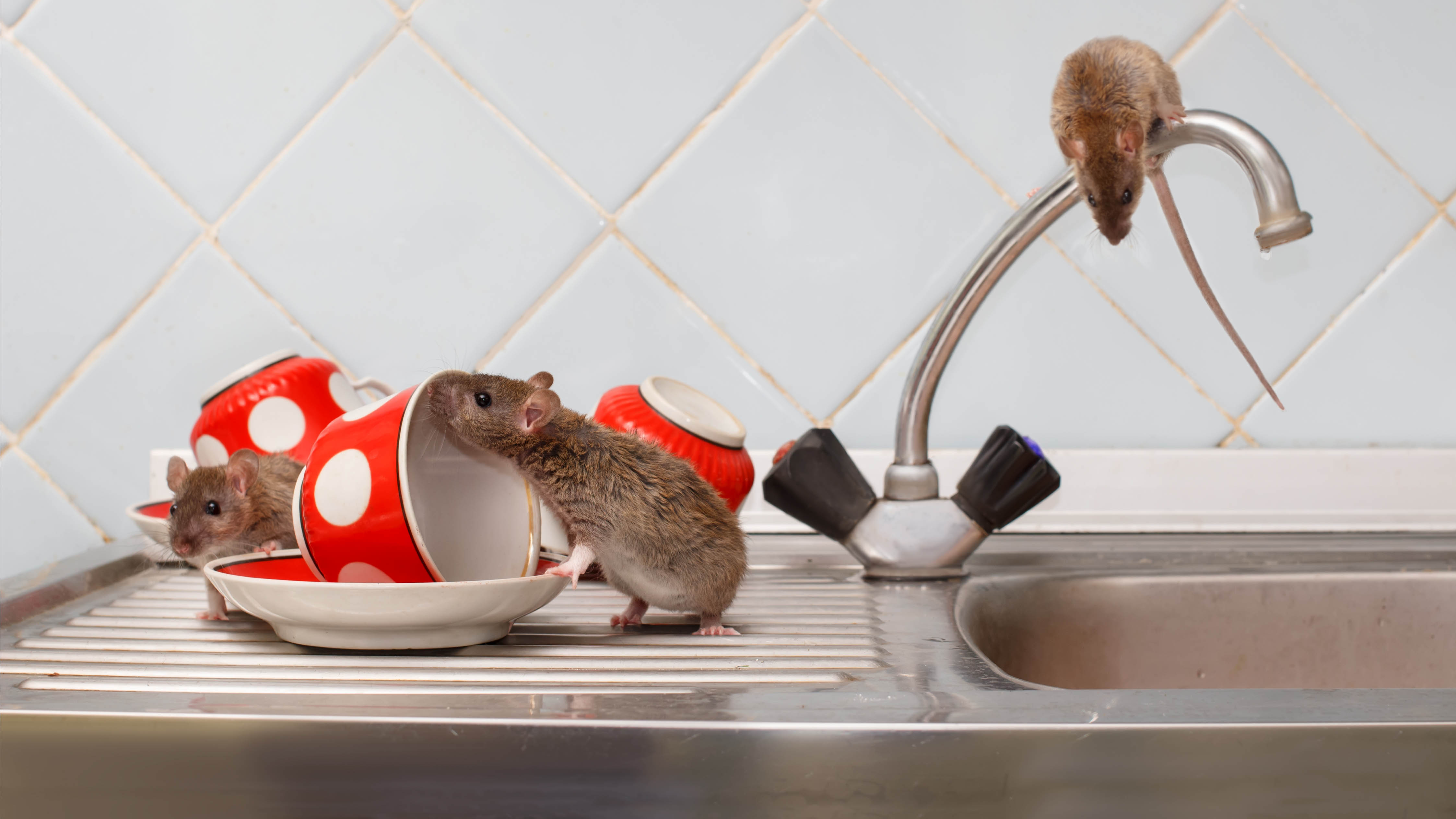
Ridding your home and garden of mice and preventing them from entering is necessary to prevent infestation, but it does not have to be cruel. Understanding how mice operate and where they are likely to hide will help you discourage mice from invading your property. In addition to keeping all inside spaces clean with food sources tightly sealed, a thorough house inspection can repair small holes in your walls or house foundation or water leaks that allow mice to make themselves at home in your home.
Whatever you do, do not resort to poisons. These are bad for the ecosystem and can be fatal to pets, kids, and other wildlife.







